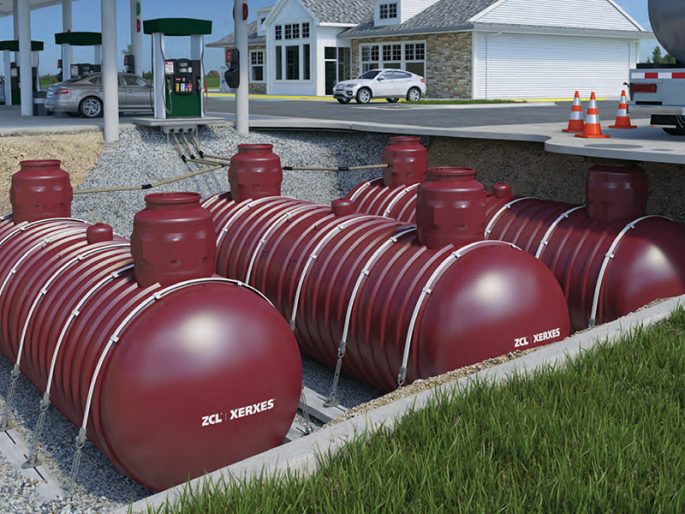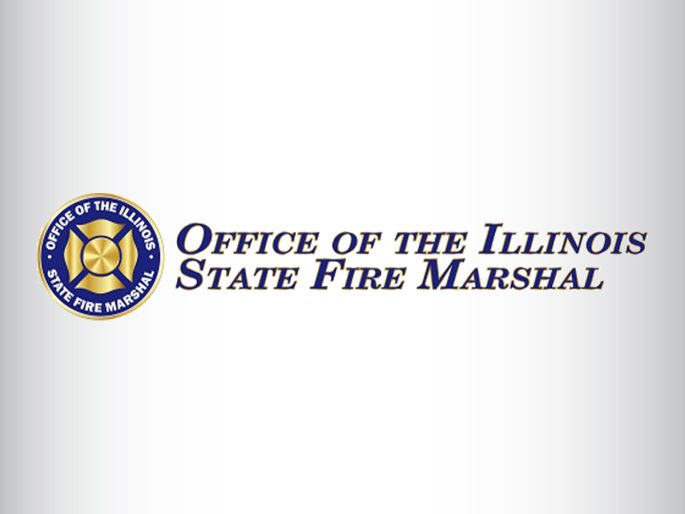The 2015 federal underground storage tank regulations include several new testing and inspection requirements for operators of UST systems. One of the regulations requires a specific group of operators — sites that use interstitial monitoring for UST piping as their primary method for release detection – to comply with a testing requirement unique to that segment of UST operators.
Operators who use interstitial monitoring of UST piping as their primary method for release detection are required to test the containment sumps to ensure the equipment is liquid-tight. The U.S. Environmental Protection Agency has issued an addendum regarding low-liquid level UST containment testing procedures.
In addition to meeting this UST containment sump testing requirement, operators who use interstitial monitoring must also comply with the other testing and inspection requirements included in the 2015 regulations that apply to them. These requirements may include testing overfill prevention equipment, controllers, probes, sensors and more. The 2015 regulations also include secondary containment, operator training and biofuels compatibility stipulations. Refer to the EPA’s summary of 2015 UST regulations for more information.
The EPA’s containment sump testing procedures are intended for facilities where the EPA is the implementing agency. They also may be used in states and territories that allow low-level hydrostatic testing of containment sumps but have not issued testing procedures. The EPA advises operators to check with their implementing agency before using the EPA’s testing procedures because the agency may have requirements that differ from those outlined by the EPA.
According to the regulations, each containment sump used for interstitial monitoring of piping must be tested using a vacuum, pressure or liquid testing method at least once every three years. The EPA procedures cover:
- Required conditions
- A pre-testing checklist
- Testing steps
- Procedures to complete after conducting the test
Operators may also test containment sumps according to requirements developed by the equipment manufacturer or follow the code of practice established in the Petroleum Equipment Institute’s RP1200: “Recommended Practices for the Test and Verification of Spill, Overfill, Leak Detection and Secondary Containment Equipment at UST Facilities.”
Despite requests from several industry organizations, the EPA has opted not to postpone the October 13, 2018 compliance deadline. Some individual states may have options in extending particular aspects of the regulation. For additional information about the UST regulations in your state, please visit Source’s State-by-State Guide to UST Regulations. You can also email Source or call your local Source representative for assistance.




